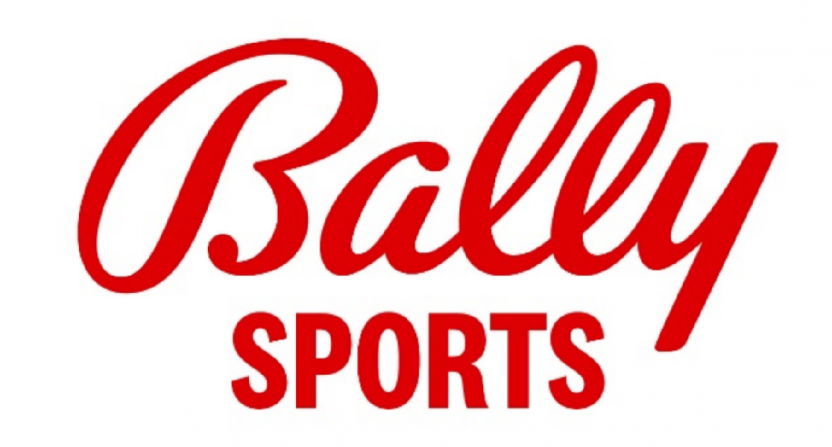I call your attention to this fine article about some current baseball-business news, which among other things helped me better understand some business lingo.
Diamond Sports Group, the company that owns Bally Sports Network and thus the rights to 14 teams’ local broadcasts (plus minority stakes in two team-owned broadcasts)*, is careening towards bankruptcy. Per Bloomberg, the actual bankruptcy declaration is merely a formality: the firm will reportedly skip an interest payment due in February, triggering a restructuring that will wipe out the firm’s existing equity and convert all but the most senior debt into equity stakes in the new company, leaving its current creditors in charge.
That’s a shocking turn of events for a media group that sold for more than $10 billion in 2019. Heck, it’s a shocking turn of events for a company that made more than $2 billion in revenues in the first nine months of 2022, and more than $3 billion in 2021. It might also affect long-term cashflows for every team in the league; after all, local broadcast rights are a key piece of the revenue pie, and broadcast rights have exploded along with MLB revenues in the past decade.
How could this have happened? Which teams will be impacted, and what will that impact be? How will the league adapt to the new media landscape brought on by this bankruptcy and any subsequent dominos that fall as a result? I don’t have the answer to all of those questions, but I’ll walk through each in turn before speculating about what might happen next.
The easiest thing to figure out is how this happened. In early 2019, Sinclair Broadcast Group purchased the Fox Sports Networks brand and its associated networks from Disney as part of Disney’s acquisition of 21st Century Fox. They bought it via a subsidiary called Diamond Sports Group, which is an annoying bit of corporate legerdemain that allowed Sinclair to keep the business at arm’s length and decline to backstop it if things went wrong. That set this entire chain of events into motion.
See, Sinclair didn’t buy this large collection of regional sports networks with cash. They used some financial sleight of hand known as a leveraged buyout. They paid $9.6 billion to Disney for the business (other investors put in $1 billion to make the aggregate purchase price $10.6 billion), but they didn’t do so by peeling an unending string of crisp new hundreds from their wallet. They only put up $1.4 billion of their own money, in fact. The remainder was covered by $1.8 billion in senior debt, $3.1 billion in secured debt, and $3.3 billion in a subordinated term loan facility (read: $8.2 billion in borrowed money).
In some sense, this bankruptcy was preordained. When Sinclair opted for a debt-enabled purchase, they considered these risks extensively. In fact, there’s no doubt about the way they thought. Scour the prospectus for one of the notes they issued, and you’ll find 22 references to bankruptcy, as well as an interest rate that assumed some chance of default. That’s hardly unusual in debt financing, but the point remains: behind all the ponderous wording that pervades financial documents, these bonds were issued and purchased with the understanding that Diamond Sports Group might not be able to make all of its payments. One peek at their financial reports could tell you that.
It’s good stuff, so read the rest. And no, the Astros are not among the teams whose local broadcast revenue is affected. Those of you who grimaced at the mention of Sinclair Broadcasting should get a bit of schadenfreude out of it by the end. Awful Announcing and Pinstripe Alley have more.

